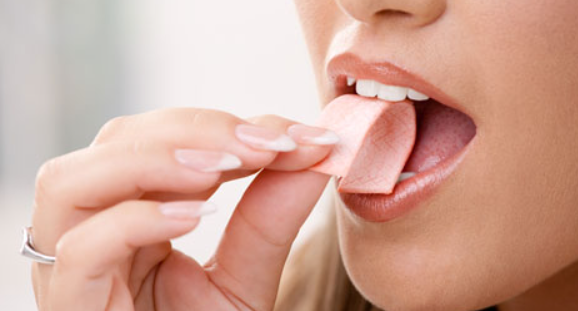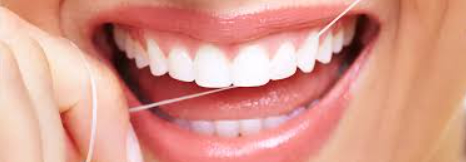Bad breath is a problem. Blech. No one wants to smell it, and no one wants to discuss it. However, halitosis affects roughly 25% of the population, or one out of every four persons. You’ve probably told someone you care about that their breath stinks. Perhaps someone has told you that you have foul breath, much to your shame. After you’ve reached for the mints, educate yourself about bad breath, how to prevent it, and how to treat it.
Serious breath is known scientifically as halitosis, and if you have a bad case that won’t go away with gum, mouthwash, or a good brushing, you have chronic halitosis. Unlike ordinary morning breath, which everyone has, halitosis lasts a long time, regardless of what interim precautions you take.
Halitosis can create a lot of tension, humiliation, and worry, but there are ways to reduce or eradicate it. It all starts with basic dental hygiene, which includes using transparent aligners to take care of your teeth.
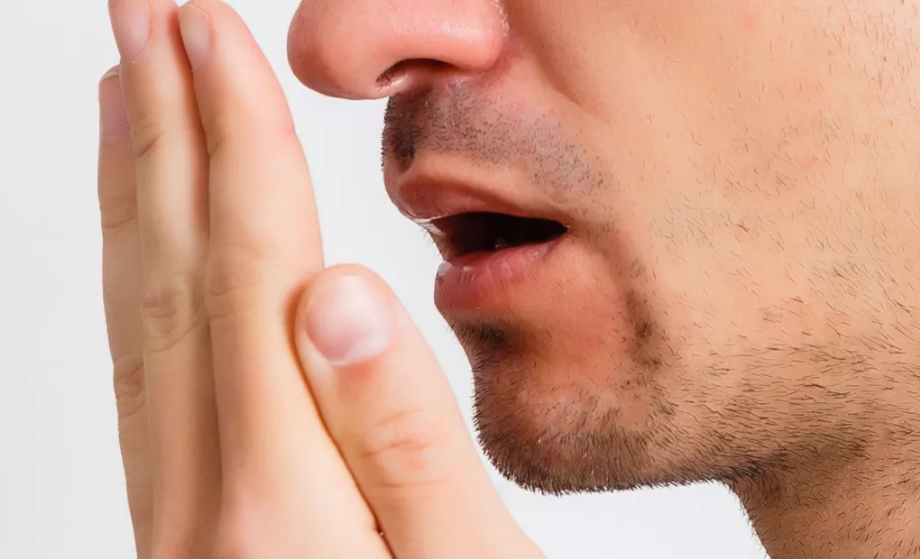
But first, let’s look at how foul breath develops in the first place.
Sources of Bad Breath
Bad breath can be caused by a variety of factors, the majority of which are related to the meals you consume. Poor oral hygiene is another source. In most cases, halitosis begins in the mouth, where germs thrive. Small food particles get stuck in your teeth as you chew, and bacteria grow on them, releasing foul-smelling sulfur compounds.
While particular foods, such as garlic and onions, are the most common causes of foul breath, poor oral hygiene is also a major contributor. When you don’t brush and floss frequently enough, bacteria in your mouth grows and forms a thin coating of plaque. Plaque emits a terrible odor and causes tooth decay if it is not removed daily.
Although all meals become lodged in your teeth, particular foods, such as onions and garlic, are more likely to cause bad breath. These meals release sulfur compounds into your circulation as you digest them. When blood reaches the lungs, it has an effect on your breathing.
While bad breath is caused 90% of the time by bacteria in the mouth, it can also be caused by acid reflux, infections, renal failure, and diabetes problems.
But let’s get back to the cuisine. The following are the key perpetrators:
- Garlic, onions, and spicy dishes
- Coffee
- Tuna and other types of fish
- Alcohol
- Carbonated beverages
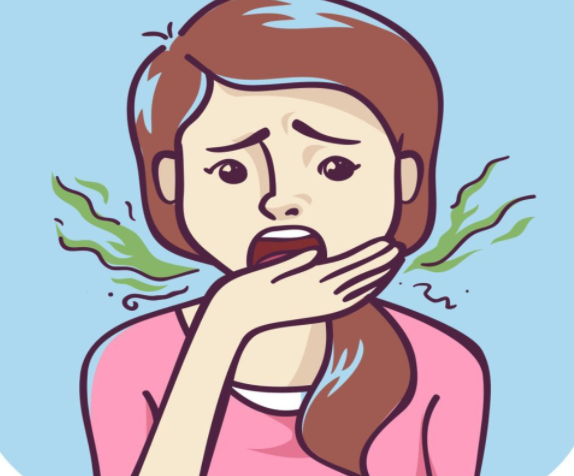
Bad Breath Cures
Let’s speak about how to get rid of bad breath now that we know what causes it! After all, no one likes to be in the company of someone who has bad breath. It’s time to regain control of your breath and ensure that you smell fresh throughout the day, regardless of what you’ve eaten.
- Fruits and vegetables that are firm and crunchy, such as apples, celery, carrots, and broccoli, are good choices. They improve saliva flow, which washes away odor-causing material. Fruits and vegetables have a fibrous texture that helps to clean your teeth.
- Fresh herbs, such as parsley, basil, mint, tarragon, rosemary, or cardamom, are good to chew on.
- Fruits high in vitamin C include melons, citrus fruits, and berries. All of these foods are high in vitamin C, which helps to combat bacteria in the mouth and improve oral health.
- Yogurt: Yogurt contains beneficial bacteria that help fight bad bacteria in several regions of the body, including the gut.
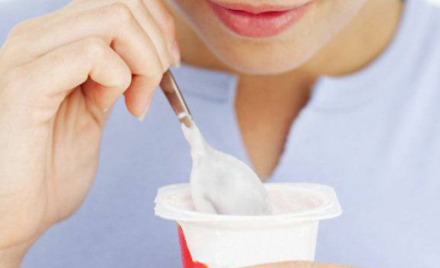
- Zinc: lowers the amount of sulfurous chemicals in your breath.
- Sugarless Gum: This will increase saliva production, which will help to wash away bacteria and keep your teeth clean. You can chew as much as you want without getting cavities because it’s sugar-free.
- Cinnamon Sticks: Cinnamon contains vital oils that destroy the bacteria that produce bad breath in your mouth.

- Green tea: it has antiseptic and deodorizing effects that might help to freshen your breath. Mint has a similar effect, so for the greatest results, try a cup of green mint tea.
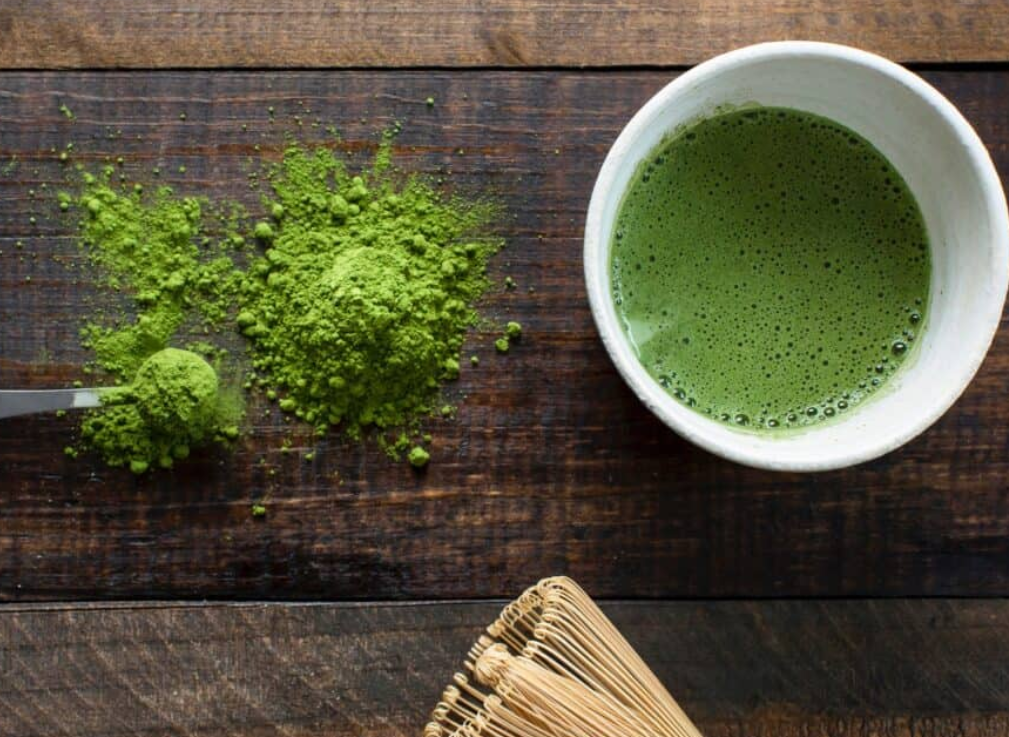
- Apples: Rather than simply deodorizing the lips, apples will neutralize the chemicals in the bloodstream.
- Good dental hygiene: Plaque buildup must be avoided in order to maintain a healthy mouth and avoid foul breath. Brush your teeth twice a day for two minutes each time with fluoride toothpaste. Flossing should be done at least once a day. Scrape your tongue as well, as this is a breeding ground for bacteria. Finally, rinse your mouth with mouthwash. Baking soda can even be used to produce your own.
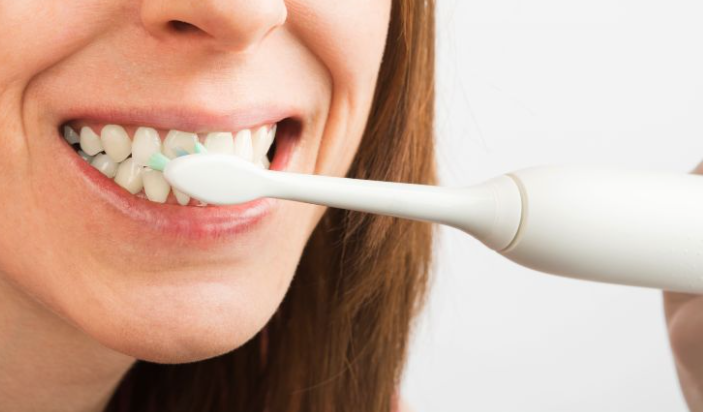
Did you know that Invisalign can aid in the treatment of foul breath? Because straight, well-aligned teeth don’t trap food particles as crooked teeth do, they’re easier to maintain clean. Better dietary choices and dental hygiene routines can help you say goodbye to bad breath.


